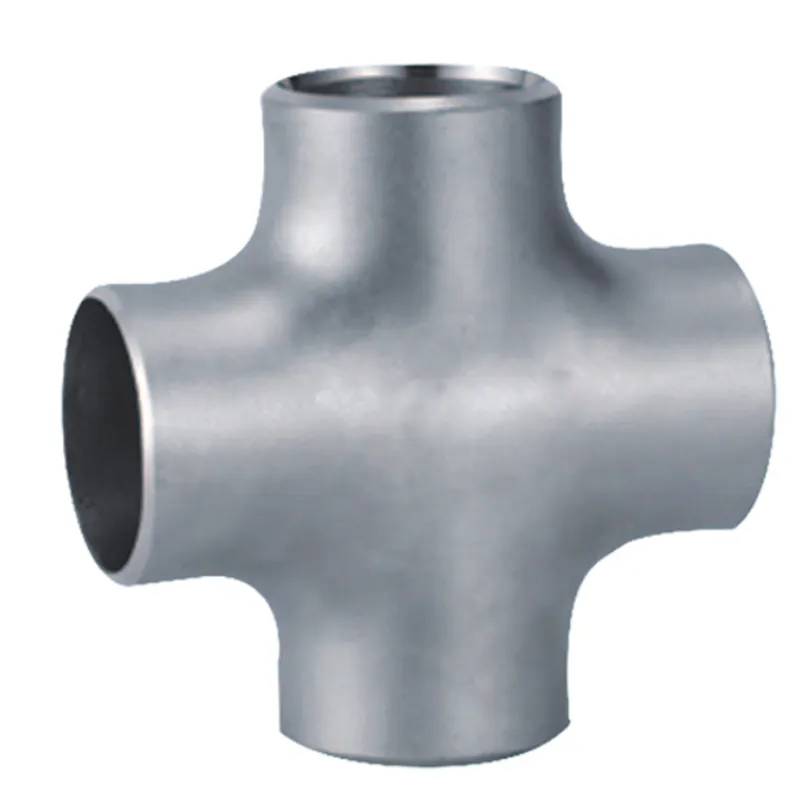-
Cangzhou Yulong Steel Co., Ltd.
-
Phone:
+86 13303177267 -
Email:
admin@ylsteelfittings.com
- English
- Arabic
- Italian
- Spanish
- Portuguese
- German
- kazakh
- Persian
- Greek
- French
- Russian
- Polish
- Thai
- Indonesian
- Vietnamese
- Zulu
- Korean
- Uzbek
- Hindi
- Serbian
- Malay
- Ukrainian
- Gujarati
- Haitian Creole
- hausa
- hawaiian
- Hebrew
- Miao
- Hungarian
- Icelandic
- igbo
- irish
- Japanese
- Javanese
- Kannada
- Khmer
- Rwandese
- Afrikaans
- Albanian
- Amharic
- Armenian
- Azerbaijani
- Basque
- Belarusian
- Bengali
- Bosnian
- Bulgarian
- Catalan
- Cebuano
- China
- China (Taiwan)
- Corsican
- Croatian
- Czech
- Danish
- Esperanto
- Estonian
- Finnish
- Frisian
- Galician
- Georgian
- Kurdish
- Kyrgyz
- Lao
- Latin
- Latvian
- Lithuanian
- Luxembourgish
- Macedonian
- Malgashi
- Malayalam
- Maltese
- Maori
- Marathi
- Mongolian
- Myanmar
- Nepali
- Norwegian
- Norwegian
- Occitan
- Pashto
- Dutch
- Punjabi
- Romanian
- Samoan
- Scottish Gaelic
- Sesotho
- Shona
- Sindhi
- Sinhala
- Slovak
- Slovenian
- Somali
- Sundanese
- Swahili
- Swedish
- Tagalog
- Tajik
- Tamil
- Tatar
- Telugu
- Turkish
- Turkmen
- Urdu
- Uighur
- Welsh
- Bantu
- Yiddish
- Yoruba

okt. . 31, 2024 12:31 Back to list
Understanding the Functionality and Applications of Stainless Steel Concentric Reducers
Understanding SS Concentric Reducers A Comprehensive Overview
In the world of piping and plumbing systems, the term concentric reducer is often encountered. Particularly, stainless steel (SS) concentric reducers have gained prominence due to their durability, corrosion resistance, and reliability. This article delves into the fundamentals of SS concentric reducers, their applications, benefits, and considerations for usage.
Understanding SS Concentric Reducers A Comprehensive Overview
The main materials used in manufacturing concentric reducers include stainless steel, carbon steel, and other alloys. Stainless steel is particularly favored due to its resistance to corrosion, high temperatures, and harsh environments. It is often used in industries such as chemical processing, oil and gas, food and beverage, and pharmaceuticals, where hygiene and durability are crucial. SS concentric reducers are also lightweight and easy to install, making them a popular choice among engineers and contractors.
ss concentric reducer

One of the significant advantages of using SS concentric reducers is their ability to minimize turbulence within the pipeline. With a smooth transition between the two pipe sizes, the fluid dynamics remain stable, reducing potential pressure drops and optimizing flow efficiency. This is particularly important in applications where maintaining a consistent flow rate is vital to operational effectiveness.
Another benefit is their longevity. Stainless steel is known for its anti-corrosive properties, which means that SS concentric reducers can withstand exposure to various chemicals and environmental conditions without degrading. This durability translates to lower maintenance costs and increased operational efficiency, as replacements and repairs are minimized.
When selecting SS concentric reducers, several factors need to be considered. The most critical factor is the sizing; the reducer must fit the specified pipe diameters accurately to ensure proper functionality. Additionally, one must also consider the pressure ratings and temperature tolerances to ensure that the reducer can handle the specific conditions of the application. Understanding the type of fluid being transported is also key, as some materials may be more suitable than others depending on the properties of the fluid.
In conclusion, SS concentric reducers play a crucial role in modern piping systems, offering a reliable and efficient solution for transitioning between different pipe sizes. Their robust construction, coupled with the smooth flow characteristics they provide, makes them an indispensable part of a wide range of industries. By carefully considering the sizing and application requirements, engineers and contractors can leverage the benefits of SS concentric reducers to enhance the performance and longevity of their piping systems. Whether in a chemical plant or a water treatment facility, these fittings are essential for ensuring the smooth operation of fluid transportation infrastructure.
Latest news
-
ANSI 150P SS304 SO FLANGE
NewsFeb.14,2025
-
ASTM A333GR6 STEEL PIPE
NewsJan.20,2025
-
ANSI B16.5 WELDING NECK FLANGE
NewsJan.15,2026
-
ANSI B16.5 SLIP-ON FLANGE
NewsApr.19,2024
-
SABS 1123 FLANGE
NewsJan.15,2025
-
DIN86044 PLATE FLANGE
NewsApr.19,2024
-
DIN2527 BLIND FLANGE
NewsApr.12,2024
-
JIS B2311 Butt-Welding Fittings LR/SR 45°/90° /180°Seamless/Weld
NewsApr.23,2024











